Coronation 1236 Name Razia Sultana Siblings Rukn ud din Firuz Dynasty Mamluk Parents Iltutmish, Qutub Begum | Successor Muiz ud din Bahram Place of burial Delhi, New Delhi Predecessor Rukn ud din Firuz Role Sultan of Delhi | |
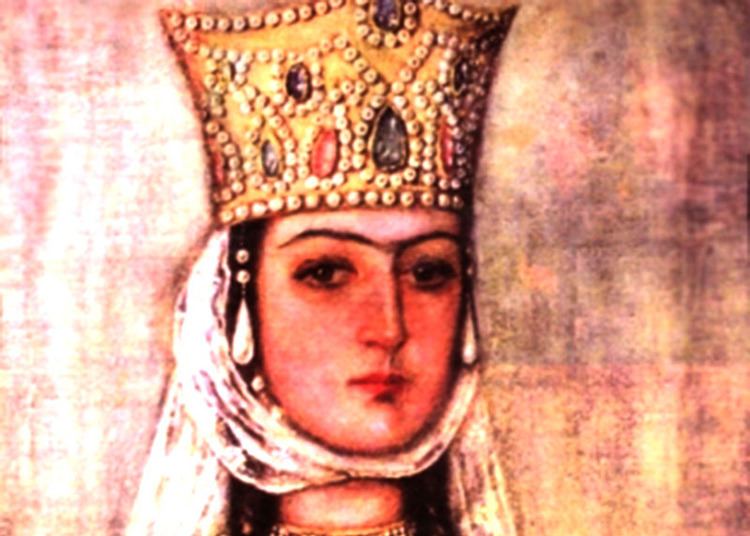 | ||
Reign 10 November 1236 – 13 October 1240 Issue Zubrudin Mirza Rashil (1237–38); adopted son Died October 13, 1240, Delhi, New Delhi Spouse Malik Altunia (m. 1240–1240) Similar People Malik Altunia, Iltutmish, Rukn ud din Firuz, Rohit Purohit, Ghiyas ud din Balban | ||
Razia sultana
Raziya Begum, sultan name, Raziya al-Din (1205 – October 13, 1240), throne name Jalâlat-ud-Dîn Raziyâ, usually referred to in history as Razia Sultan, was the Sultan of Delhi from 10 November 1236 – 14 October 1240. She was famously the only female ever to rule the Delhi Sultanate.
Contents
- Razia sultana
- Talking history 3 razia sultana the sultan of dilli
- Early life and career
- Love life and marriage
- Death
- Legacy
- In popular culture
- Claimed burial sites
- References
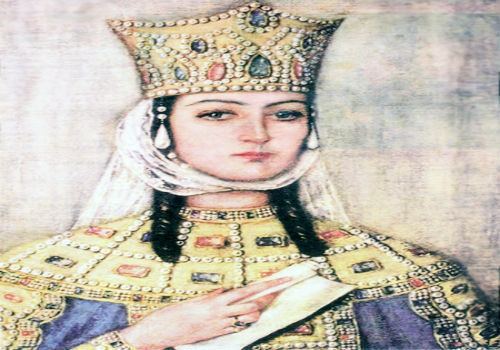
Talking history 3 razia sultana the sultan of dilli
Early life and career
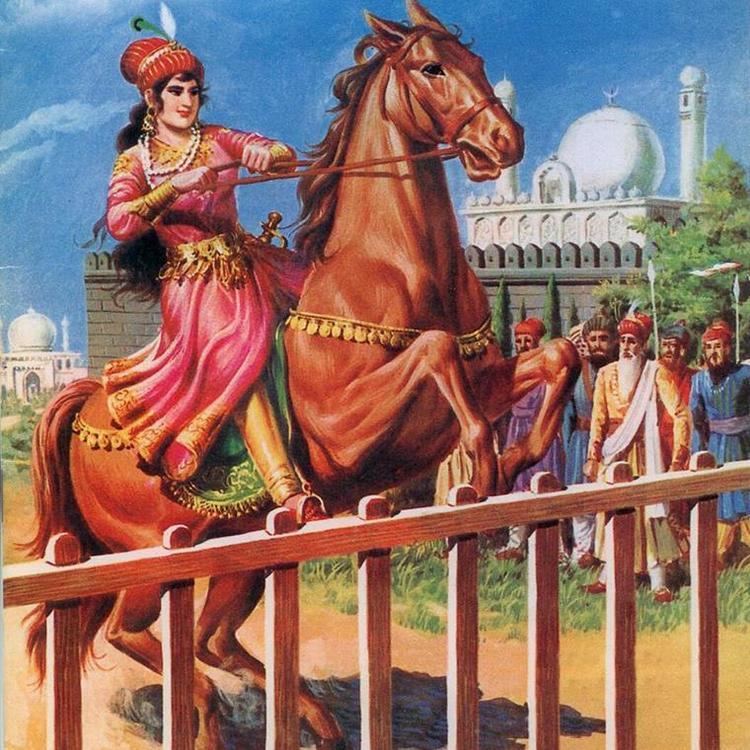
Razia Sultana was the daughter of Shams-ud-din Iltutmish, who had begun life as a Turk slave and ended it as Sultan of Delhi. Iltutmish had been a great favorite of his master, Qutb ud din Aibak, the first Sultan of Delhi, so Aibak had his daughter Qutub Begum married to Iltutmish. Qutub Begum was the mother of Razia, and Razia was thus a maternal granddaughter of Qutb ud din Aibak and Shamshad Begum (Valide Sultan). Razia also had a brother, Nasiruddin Mahmud. Razia, being a member of the ruling family, grew up in privileged circumstances and was close to the levers of power both within the harem (where her mother was dominant) and in the court, where she was a favorite of both her maternal grandfather and her father. This was in contrast with her half-brothers Rukn ud din Firuz and Muiz ud din Bahram, who were the sons of former slave-girls, and thus grew up quite distant from the centers of power.

When Razia was five years old, Qutubuddin Aibak died and was succeeded by Iltutmish. Razia was a favorite of her father, and as a child was allowed to be present around him while he dealt with affairs of state. Later, like some other princesses of the time, she was trained to administer a kingdom if required, in the absence of her father or her husband. Her abilities and diligence, no less than her mother's royal lineage, commended Razia to Iltutmish and made her a confirmed favorite with him. Nevertheless, it was Iltutmish's eldest son Nasiruddin Mahmud (Razia's brother) who was groomed by Iltutmish to succeed him.
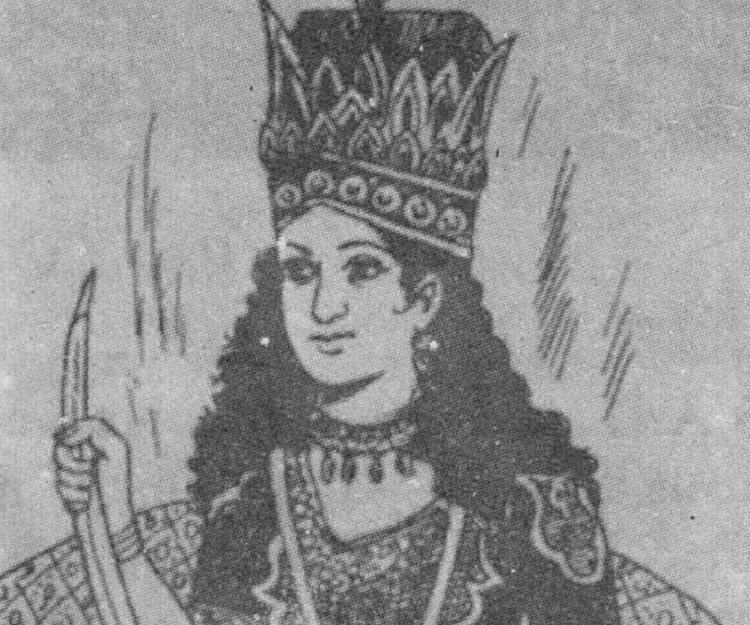
However, Nasir ud din Mahmud died suddenly in 1229 CE, and Iltutmish was at a loss as to a successor, because he felt that none of his several surviving sons, born of his other wives, were worthy of the throne. In 1230, he had to leave the capital in order to lead an invasion against Gwalior. During his absence, Razia acted as a competent regent, with the assistance of the Sultan's trusted minister. Iltutmish returned to Delhi in 1231 after having captured Gwalior, and the issue of succession was foremost on his mind. Iltutmish became the first sultan to appoint a woman as his successor when he designated Razia as his heir apparent. Razia was the first and only female ruler of Delhi Sultanate. However, after Iltutmish died on Wednesday 30 April 1236, Razia's half-brother Rukn ud din Firuz was elevated to the throne instead.
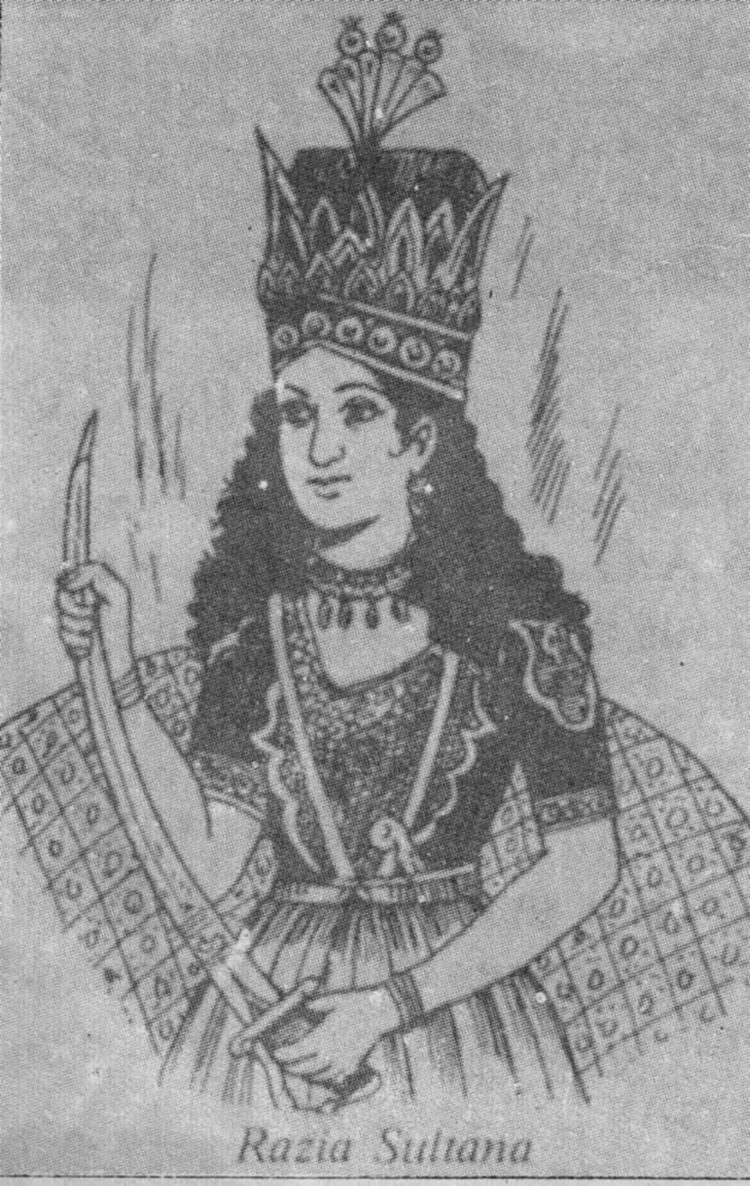
Rukn ud din Firuz's reign was short. With Iltutmish's widow Shah Turkaan for all practical purposes running the government, Rukn ud din abandoned himself to the pursuit of personal pleasure and debauchery, to the outrage of the citizenry. On November 9, 1236, both Rukn ud din and his mother Shah Turkaan were assassinated after only six months in power. With reluctance, the nobility agreed to allow Razia to reign as Sultana of Delhi.

Razia was an efficient ruler and possessed all the qualities of a monarch. According to Minhaj-i-Siraj, she was "sagacious, just, beneficent, the patron of the learned, a dispenser of justice, the cherisher of her subjects, and of warlike talent, and endowed with all the admirable attributes and qualifications necessary for a king. She is also famous for her romantic involvement and legends with her lover and later turned husband, Malik Ikhtiar-ud-din Altunia "
Love life and marriage
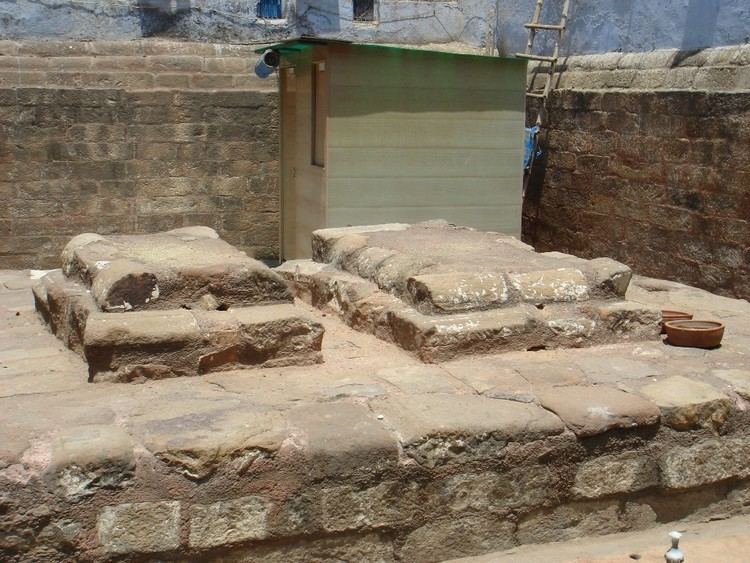
Razia and Malik Ikhtiar-ud-din Altunia, the governor of Bathinda, were childhood friends. Some recognize them as childhood sweethearts who were strongly in love with each other. However, when Altunia was in Bathinda, the Turkic aristocracy spread rumors about Razia's romantic involvement with Jamal-ud-Din Yaqut, an Abyssinian Siddi (Habshi) slave. This triggered Altunia's jealousy and he led a rebellion against Razia, simply with the intention of getting her back.
Death
Meanwhile, Razia's half-brother, Muiz ud din Bahram, had usurped the throne. Altunia and Razia undertook a military campaign to take back the sultanate from Bahram, but they were defeated on the 24th of Rabi' al-awwal 638 A.H. (October 1240). They fled Delhi and reached Kaithal the next day, where their remaining forces abandoned them. They both fell into the hands of Hindu Jats and were robbed and killed on the 25th of Rabi' al-awwal 638 A.H., this date corresponds to October 13, 1240. Bahram, for his part, reigned from 1240 to 1242, but would be dethroned for incompetence.
The place of Razia's burial is disputed by historians. There are 3 places where Razia is claimed to be buried. They are Delhi, Kaithal and Tonk, Rajasthan.Some people also say that she was buried where she died in the hands of the Jats.
Legacy
Razia was reportedly devoted to the cause of her empire and to her subjects. There is no record that she made any attempt to remain aloof from her subjects, rather it appears she preferred to mingle among them. She especially protected and preserved the indigenous cultures of her Hindu subjects during her reign. Her reign was characterised as spirited and dynamic by many.
In popular culture
Razia Sultan is a 1983 biopic on Razia Sultan, with Hema Malini taking the titular role.
In 2015, & TV started airing a TV series on the life of Razia Sultan, starring Pankhuri Awasthy which highlighted her tough journey towards becoming a Sultana and her much spoken about passionate love life with Altunia.
Claimed burial sites
There are conflicting accounts regarding her actual site of grave. No archaeological or documentary evidences are found to confirm the site of her grave. The dispute is whether she was buried in Kaithal or Delhi or Tonk, and also where were Altunia and Yakut buried.
It is claimed that Razia's grave lies in neglected condition among the narrow lanes of Old Delhi that is in a courtyard in Bulbul-i-khana, Shahjahanabad, near the Turkman Gate entrance.
There is a tradition that Razia Sultana was buried in Kaithal. Altunia was also buried next to her.There was also a masjid nearby.
Viceroy of India (Lord Linlithgow) in 1938 came to kaithal to visit Razia's tomb. He approved a special grant for the restoration of the tomb. After that Director General Archaeology India visited the tomb but due to second world war, the grant could not be spent on the restoration.
